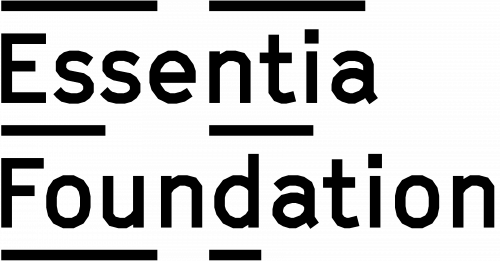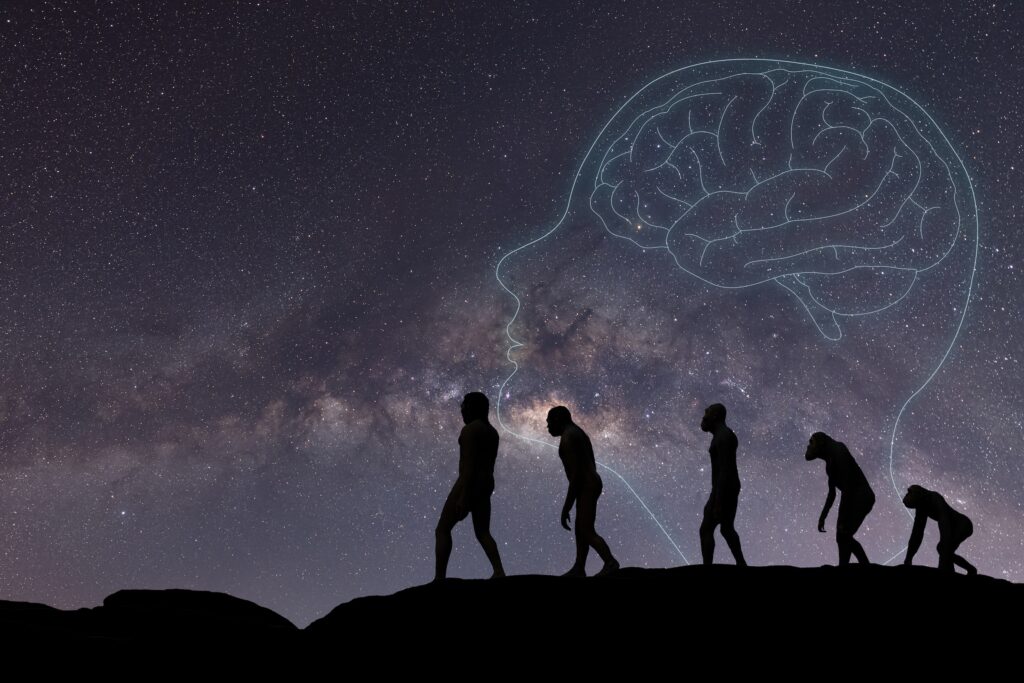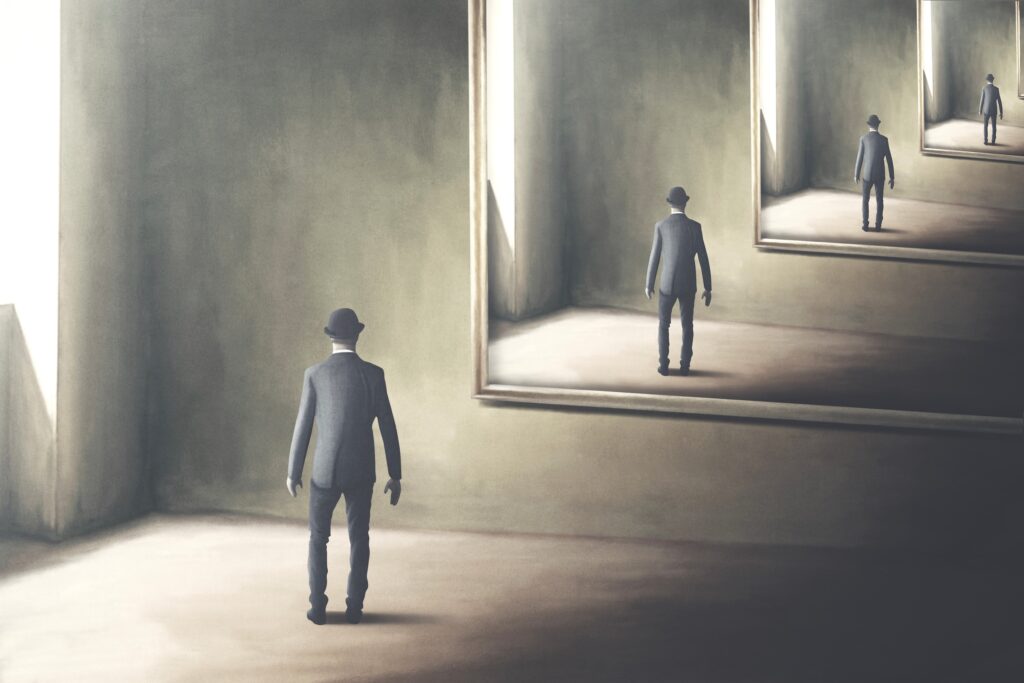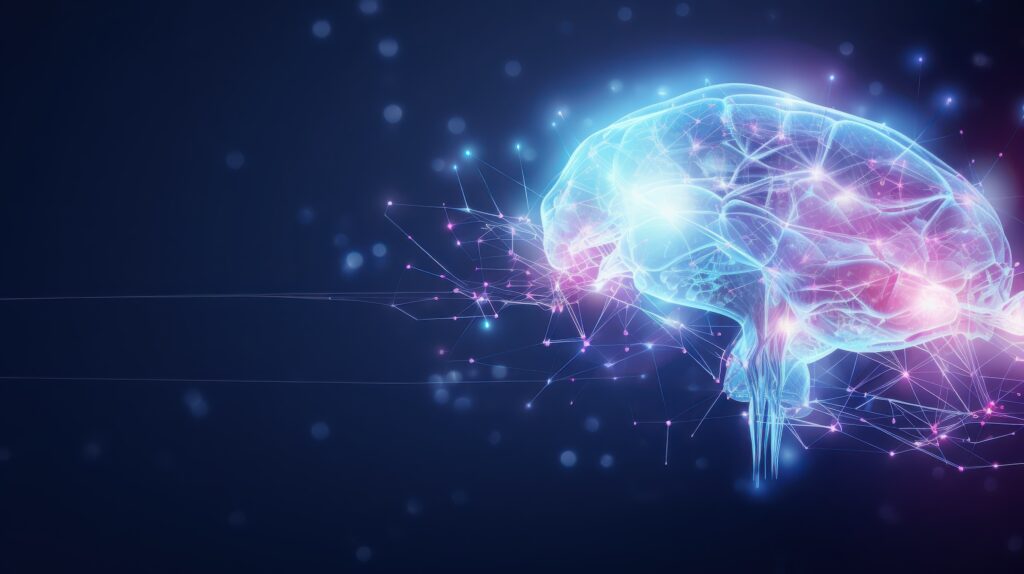Mind is not what it seems: On the mental foundation of the world
Reading | Philosophy
![]() A. A. Adedire, BSc, BA | 2024-04-14
A. A. Adedire, BSc, BA | 2024-04-14

In this short and direct essay, A. A. Adedire argues a key philosophical point: those who object to idealism based on the assumption that the order and regularity of nature is incompatible with mind are mistaking mind for the personal self. The latter, he points out, is merely a narrative created by mind, which mind then wrongly identifies itself with. What truly defines mind—the only constant behind all experience—is the very awareness of experience. The constancy of this awareness, Adedire argues, is entirely consistent with the orderly nature of the world, as well as its continuity, and can therefore constitute the very foundation of the world.
Philosophy over the centuries has grappled with the idea of accurately describing the world. What is the fundamental nature of the world? Why is the world the way it is? And how can we come to understand the foundations of reality? Consciousness itself seems so obvious that it cannot be denied, but how can we then extrapolate this feeling of personal consciousness to the world as it exists outside ourselves?
A common objection to idealism is that it is counter to our intuitions about an external world. The claim is that there is a shared reality that follows natural laws. This shared reality exists and persists uninterrupted. There is a natural order to things, which feels almost as self-evident as our own conscious awareness. Indeed, a physicalist may ask the following question: how can idealism discount the obvious permanence of natural laws and the continuity of reality? Is the world that persists not fundamentally different to my own individual mind, which feels chaotic and unreliable? These questions reflect an appeal to natural law: there is a natural order at the base of reality, which we can perceive. This natural order feels as self-evident as our own conscious awareness. But when we look inwardly, we find that the mind is chaotic, unreliable, and unsteady. So, how can a mental world exist out there that isn’t similarly chaotic, unreliable, and unsteady?
In what follows, I contend that the appeal to natural order can be refuted by the Hindu Vedantic tradition of self-inquiry, which also dismantles the notion of a personal self. The natural order objection posits that the mind is chaotic, unreliable, and unsteady, but I contend that it isn’t the mind that has these characters but the personal self, which is a fantasy of the mind.
Firstly, let’s establish that the personal self is what is meant in the objection. When pressed, those who make the appeal to natural order state that ‘mind’ is thoughts and emotional states, as they interact with the world or the other experiences supposedly produced by the brain, which then are synonymous with the story of the personal self: a tenacious sense of an ‘I’ hiding within the body, at the center of experience. The egoic ‘I’ of the mind is not as orderly as the foundation of reality—or so the objection claims. True enough, the personal self is indeed inherently prone to fragmentation, inconsistency, and illusion. It is subject to the whims of emotions, the flux of thoughts, and the biases of perception, rendering it unreliable and in direct opposition to natural laws, which are doggedly unbroken. But the personal self is not conscious awareness.
The Hindu Vedantic tradition of self-inquiry is a personal project of understanding the illusory nature of the personal self and the primacy of awareness. The process of self-inquiry is commonly associated with the Hindu sage Ramana Maharshi. Born Venkataraman Iyer, he was a revered spiritual teacher of the 20th century, renowned for his teachings on self-inquiry and non-duality. In1896, at the age of 16, Maharshi had a spontaneous and acute awareness of death. He taught his practitioners to pay close attention to the stubborn sense of ‘I’ and instructed them to eliminate it through negation, a process known in Sanskrit as neti neti ( नेति नेति):
The gross body which is composed of the seven humours (dhatus), I am not; the five cognitive sense organs, viz., the senses of hearing, touch, sight, taste and smell, which apprehend their respective objects, viz. sound, touch, colour, taste and odour, I am not; the five conative sense organs, viz., the organs of speech, locomotion, grasping, excretion and procreation, which have as their respective functions, speaking, moving, grasping, excreting and enjoying, I am not; the five vital airs, prana, etc., which perform respectively the five functions of in-breathing, etc., I am not; even the mind which thinks, I am not; the nescience too, which is endowed only with the residual impressions of objects and in which there are no objects and no functionings, I am not. If I am none of these, then who am I? After negating all of the above mentioned as ‘not this’, ‘not this’, that Awareness which alone remains—that I am. (Ramana Maharshi, Who Am I? The Teachings of Bhagavan Sri Ramana Maharshi, 12-13, Tiruvannamalai, Tamil Nadu: Sri Ramanasramam, 2010).
Self-inquiry starts with a fundamental question: who am I? Meaning, what is behind my thoughts, actions, and sense perceptions? In a word, what is behind this continuity of self? Deep self-inquiry then strips away thoughts, actions, and sense perceptions one by one, resulting in the realization that these cannot constitute the persistent ‘I’ due to their lack of continuity. The process of self-inquiry ends with the idea that the only continuity across all of experience is the very awareness of experience.
As such, the supposed appearance of the mind as chaotic, unreliable, and disorderly is an appearance of the personal self as chaotic, unreliable, and disorderly. Once the personal self is stripped away from the mind, the foundation of the mind reveals itself to be simply the awareness of our experiences, such as our thoughts, feelings, and sense perceptions. Thus, there is a continuous, unchanging, and reliable foundation to the mind, and that continuous foundation of core awareness is of the same kind as the continuous foundation of natural order or natural law. Therefore, the natural order objection against idealism reflects, in this sense, merely confusion about what the fundamental nature of mind is. If we define mind as the egoic self, then we see the mind as chaotic and disorderly; it is constantly being pulled by ever-changing emotions and the incessant flow of thoughts, clouding awareness. But if we define mind as core awareness, it follows that there is a reliable, steady, and continuous ‘no-thing’ that acts as the ‘container’ of thoughts, emotional states, and sense perceptions.
The Hindu Vedantic tradition of self-inquiry not only eliminates the illusion of the personal self, but also reveals the true nature of mind. The claim that mind is fundamental links the core awareness found through self-inquiry to the very foundation of reality itself; it extrapolates this core awareness beyond the container of ‘my thoughts,’ ‘my actions,’ or ‘my feelings.’
The appeal to natural order against idealism is a confusion of terms that is commonly seen in objections to idealism. Such objections reflect the misapplication of physicalist assumptions to idealistic concepts, as well as a need to anthropomorphize the central claims of idealism, which are then taken at face value to be absurd. Similarly, many physicalist objections have baked within them the conception that consciousness is an emergent epiphenomenon of matter. Physicalists often cannot conceive of any worldview where this conception of consciousness is not a first principle. Yet, to fairly engage with any philosophical position, one must do so on this position’s own terms. Understanding must precede refutation.
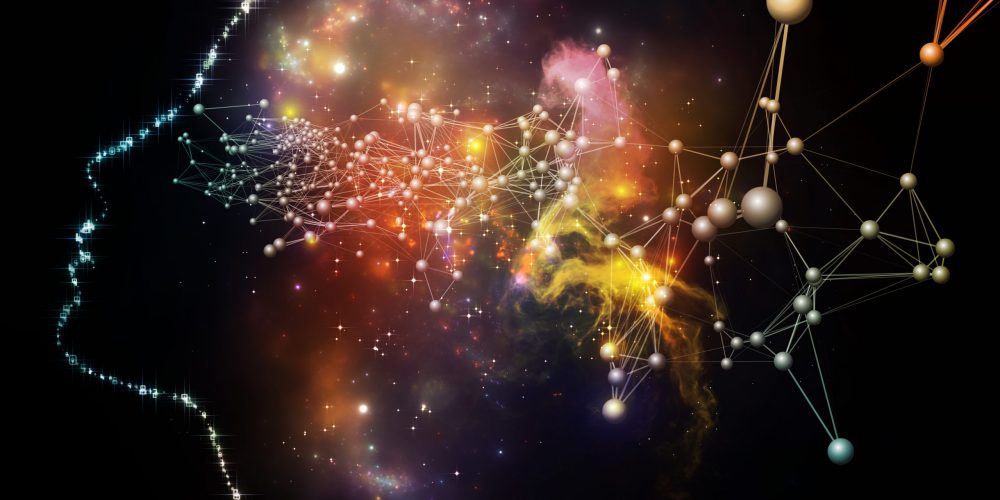
Essentia Foundation communicates, in an accessible but rigorous manner, the latest results in science and philosophy that point to the mental nature of reality. We are committed to strict, academic-level curation of the material we publish.
Recently published
Reading
Essays
Seeing
Videos
Let us build the future of our culture together
Essentia Foundation is a registered non-profit committed to making its content as accessible as possible. Therefore, we depend on contributions from people like you to continue to do our work. There are many ways to contribute.

